Your Accessibility & Assessment Resources
| Accessibility and Assessment Series consists of several events over the course of three months. Community leaders representing higher ed and K-12 are sharing out their best practices strategies and research to support the creation and revision of your institutional accessibility plans. Topics and resources center on how to enable equitable access to learning and learning resources that support success for all students. Throughout this series, a variety of thought leaders will come together in conversation around what the current relationship between accessibility and assessment entails, what the relationship should or could be, and what revisions, changes, and new innovations need to be developed to support teaching and learning at your institution. |
Library of Resources & Community Leaders
Over the next several months, our panelists will be contributing amazing articles, blogs, media, and more! We are putting together these resources for you to review, download and use within your role at your institution.
Presenters
Rubrics & Syllabi
- Kent State University Accessibility Rubric
- Montgomery County Community College Office of Disability Services Accessibility Rubric
- Digital Promise Adult Learner Model
Articles and Multimedia
- Behling, K. (2020). Finding a silver lining in the rapid movement to online learning: Considerations of access for all learners. Pedagogy and the Human Sciences, 7 (1), 1-11.
- Burgstahler, S. (2020) Equal Access: Universal Design of Physical Spaces. DO-IT.
- Behling, K. (2020). Finding a silver lining in the rapid movement to online learning: Considerations of access for all learners. Pedagogy and the Human Sciences, 7 (1), 1-11.
- Burgstahler, S. (2012) Making Science Labs Accessible to Students with Disabilities. Disabilities, Opportunities, Internetworking, and Technology (DO-IT).
- Burgstahler, S. (2021) 20 Tips for Teaching an Accessible Online Course. DO-IT.
- Captioning in Higher Ed: Benefits Beyond Compliance.
- CAST (2018). Universal Design for Learning Guidelines version 2.2.
- Checklist for Making Science Labs Accessible for Students with Disabilities (2014).
- Cohn, J. (2021). How to prepare for the next phase of hybrid teaching. The Chronicle of Higher Education, 67(24).
- Derbiszewska, K. M., & Tucker-Smith, T. N. (2020). Supercharge your professional learning: 40 concrete strategies that improve adult learning. CAST, Inc.
- Duke University. (2021, August 31). Duke Accessibility Syllabus Project.
- Duncan, A., Ali, R. (2011) Ensuring Equal Access to High-Quality Education. U.S. Department of Education Office for Civil Rights.
- (2005) Equal Access: Science and Students with Sensory Impairments. Disabilities, Opportunities, Internetworking, and Technology (DO-IT).
- Fashant, Z., Russell, L. (2021) Designing Courses for Introverts and Extroverts. Inside Higher Ed.
- Finch, H., Barton, K., Meyer, P. (2009) Differential Item Functioning Analysis for Accommodated Versus Nonaccommodated Students. Educational Assessment 14:1, pages 38-56.
- Golan, M., Singer, G., Rabin, N., Kleper, D. (2020) Integrating actual time usage into the assessment of examination time extensions provided to disabled college engineering students. Assessment & Evaluation in Higher Education 45:7, pages 988-1000.
- Gose, B. “Covid-19’s Impact on Learning Accommodations.” The Chronicle of Education (2021)
- Hickey, D. Call for Curriculum Reform: Metacognition is Needed! Community Blog. (2021)
- Ingber, J. (2005) Science Is Golden: Interviews with Four Scientists Who Are Visually Impaired. American Foundation for the Blind (AFB).
- Kettler, R. J., Elliott, S. N., Beddow, P. A. (2009) Modifying Achievement Test Items: A Theory-Guided and Data-Based Approach for Better Measurement of What Students With Disabilities Know. Peabody Journal of Education 84:4, pages 529-551.
- Kraus, A. (2021) Disabled Students Need Equity, Not Just Access: We Must Challenge Our Biases and Create Inclusive Experiences for All Students. Liberal Education. AAC&U. Summer 2021. Vol. 107 No.3.
- LaBreck, J. L. (2015) TECHNICAL ASSISTANCE CIRCULAR. U.S. Department of Education Office of Special Education and Rehabilitative Services.
- Lang, J. M. Attention Is an Achievement: How to Help Students Stay Present and Focused in Class. Liberal Education. AAC&U. Summer 2021. Vol. 107 No.3.
- Lewandowski, L., Wood, W., Lambert, T. (2015) Private room as a test accommodation. Assessment & Evaluation in Higher Education 40:2, pages 279-285.
- Levine, A. G. (2020) Inclusivity for all: How to make your research group accessible. Science.
- Linder, K. (2016). Student uses and perceptions of closed captions and transcripts: Results from a national study. Corvallis, OR: Oregon State University Ecampus Research Unit.
- Lyons, B. J., Pek, S., Wessel, J. L. (2017) Toward a “Sunlit Path”: Stigma Identity Management as a Source of Localized Social Change Through Interaction. Academy of Management Review 42:1, pages 618-636.
- Meyes, D. G., Gernsbacher, M. A. (2021) Captioning for All: the benefits of captioning in virtual classes. Inside Higher Ed.
- Roelofs E. (2019) A Framework for Improving the Accessibility of Assessment Tasks. In: Veldkamp B., Sluijter C. (eds) Theoretical and Practical Advances in Computer-based Educational Measurement. Methodology of Educational Measurement and Assessment. Springer, Cham.
- Skallerup-Bessette, L., Fisher, J. P. (2021) Student Success This Fall Will Depend on Faculty-Staff Cooperation. The Chronicle of Higher Education.
- Specific Review Standards from the Quality Matters K-12 Rubric, Fifth Edition for K-12 Reviews
- Suchland, C.E., & Carbonaro, S. (2021). Connecting High-Impact Practices & Student Self-Efficacy: Social cognitive theory as a window into student growth. Intersection: A Journal at the Intersection of Assessment And Learning, 2(2).
- The 7 Principles, Center for Excellence in Universal Design.
- Thurber, A., & Bandy, J. (2018). Creating Accessible Learning Environments. Vanderbilt University Center for Teaching.
- Trainin, G. & Swanson, H. (2005). Cognition, Metacognition, and Achievement of College Students with Learning Disabilities. Learning Disability Quarterly. 28. 10.2307/4126965.
- University of Washington. (2014) Checklist for Making Science Labs Accessible to Students with Disabilities. Disabilities, Opportunities, Internetworking, and Technology (DO-IT).
- Weber, K., & Myrick, K. (2018). Reflecting on Reflecting: Summer Undergraduate Research Students’ Experiences in Developing Electronic Portfolios, a Meta-High Impact Practice. International Journal of EPortfolio, 8(1), 13–25.
Community Blogs
- Billman, J. — Observation isn’t Sight: Making Science Accessible to Students with Visual Impairment
- Hickey, D. — Call for Curriculum Reform: Metacognition is Needed!
- O’Callaghan, C. — Proving Students’ Career Readiness: Competency-Based Learning
- Jankowski, N. — Reflections on Trust: Cheating in a Pandemic
- Perdue, B. E. — To Improve Education, We Need to Look at the Last 50 Years, Not Just the Last 18 Months (Ed Surge)
- Schreck, J. — The Power of Inclusion—A Pathway to Improving Undergraduate Education
- Scott, D. — The Unexpected Parallels Between Art and Assessment
- Suchland, C. — Agents of Lasting Change: Creating Sustainable Faculty Development
Questions for Discussion
- What does Accessibility mean to you?
- How would you define accessibility?
- How to provide accessibility experiences for students?
- How can we ensure students, as well as faculty and administration, are aware of their accessibility needs and empowered to seek out resources that will support them effectively?
- Is chat accessible for all learners?
- Can you enable closed caption for Zoom and other webinar solutions? What about transcripting?
- What are the differences between high school and college accommodations?
- What are some best practices for accommodations in lab-based classrooms (e.g., science and the arts)?
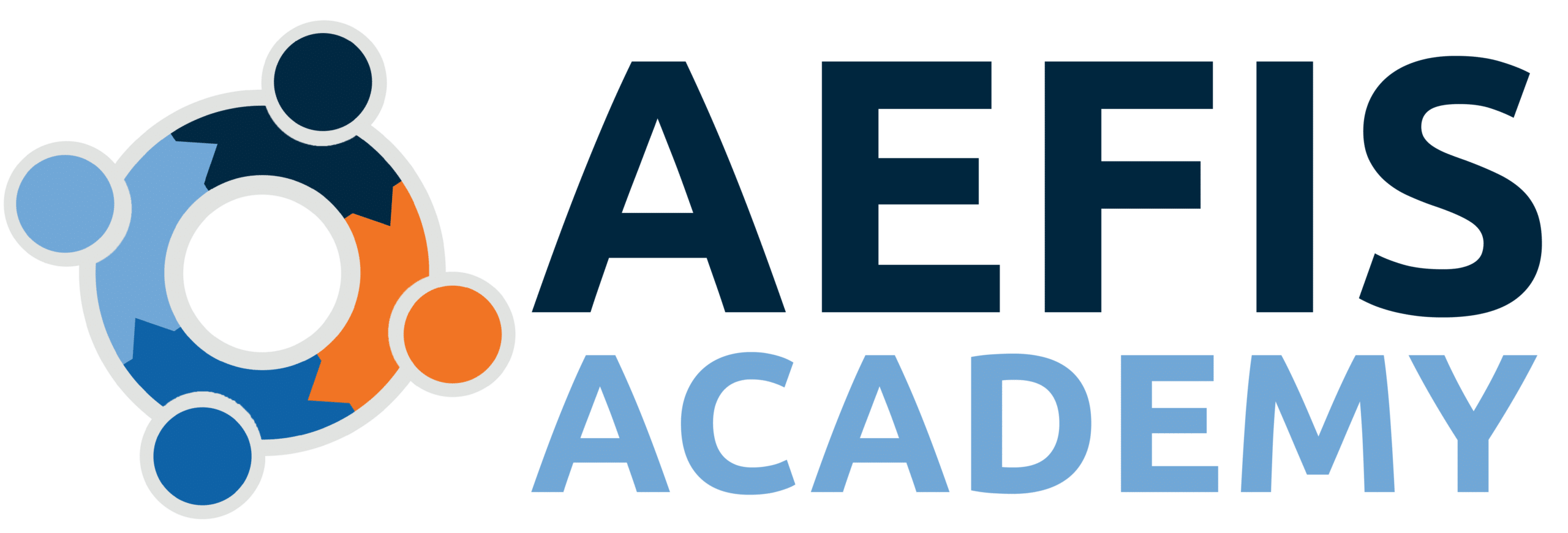
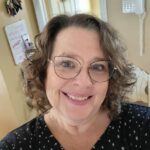







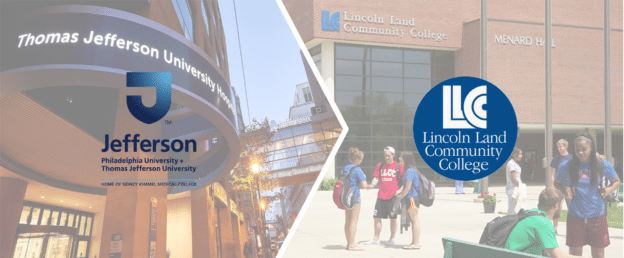
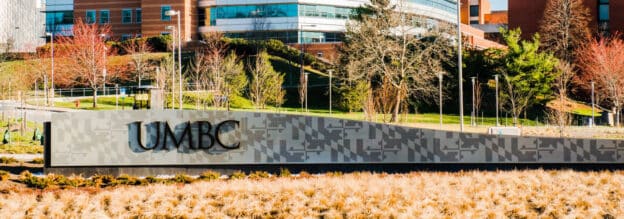
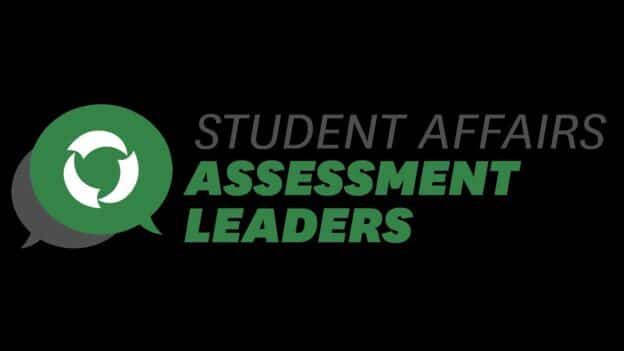
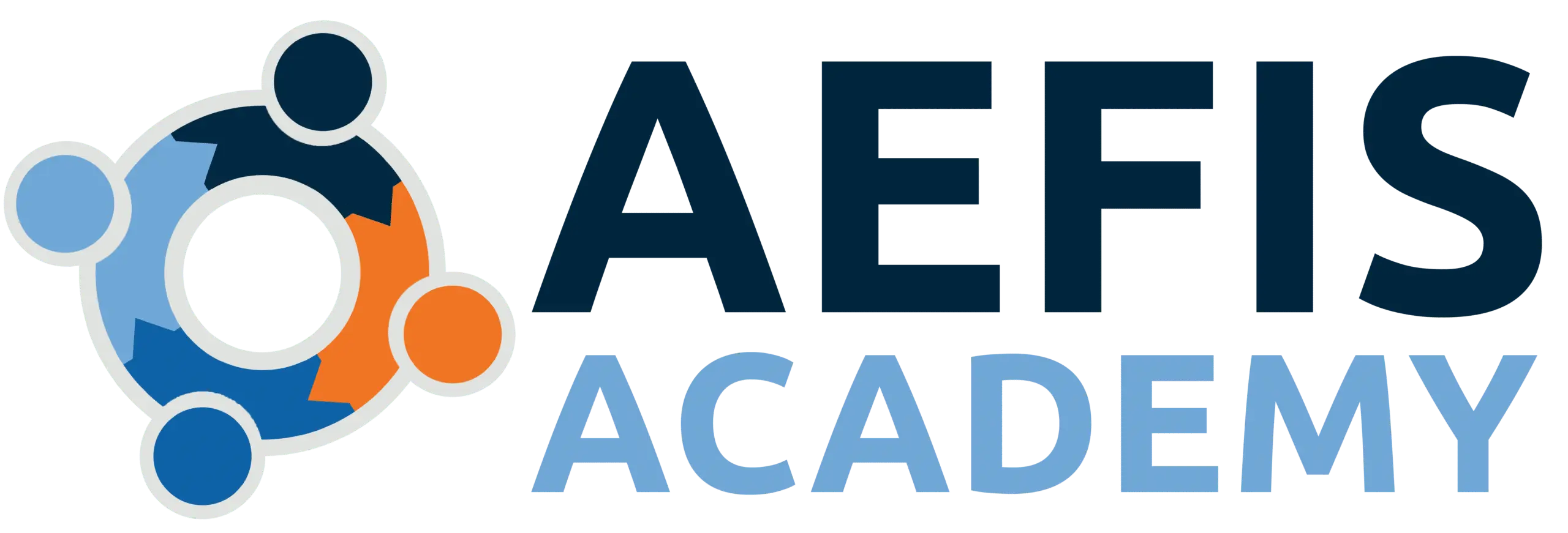
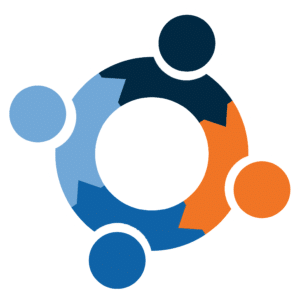
Your Accessibility & Assessment Resources Discussion